9 Types of High Profit Margins Products in 2025
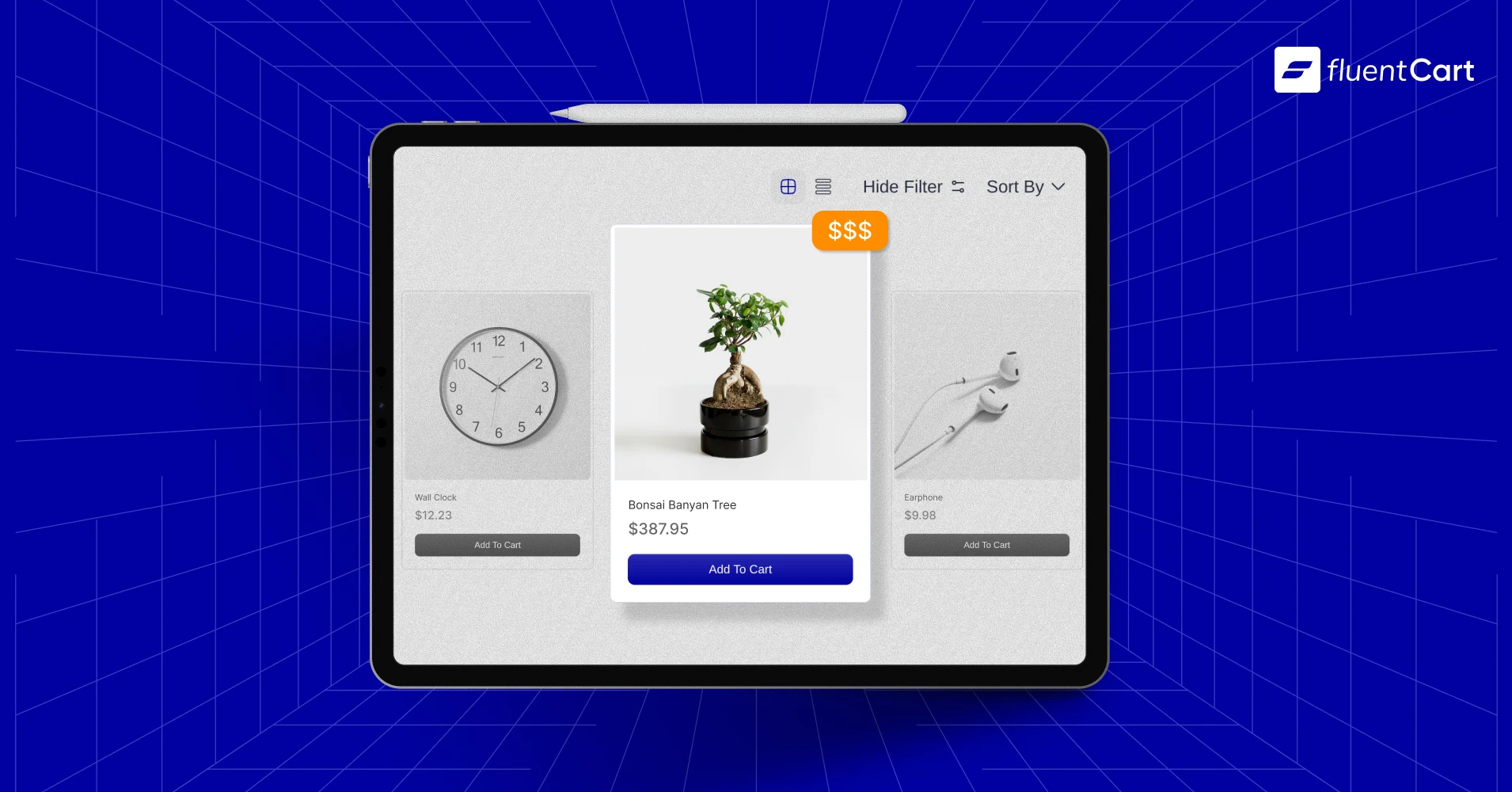
Let’s talk about the elephant in the room: most online businesses struggle not because they can’t make sales, but because they can’t keep enough money from those sales.
You’ve probably seen those stories. Someone launches a store, hits $10,000 in monthly revenue, and somehow still can’t pay themselves. The problem? Razor-thin profit margins that looked fine on paper but collapsed under real-world pressure.
This is where understanding high-profit margin products changes everything. We’re not talking about get-rich-quick schemes or shady pricing tactics. We’re talking about building a business that actually sustains you; one you own and control.
TL;DR
- High profit margin products let you keep most of each sale after all costs.
- Best categories for 2025 include digital products, beauty, jewelry, print-on-demand, home decor, educational resources, pet products, subscription boxes, and artisan foods.
- Focus on low production cost, high perceived value, and small lightweight items.
- Sell through your own store to avoid marketplace fees and protect margins.
- Track every expense, price based on value, automate routine work, and build customer loyalty.
- Sustainable profits come from owning your business, not chasing the cheapest price.
What Is a High Profit Margin Product?
A high-profit-margin product is one that lets you keep a large share of the selling price after all costs like COGS, shipping, platform and payment fees, and overhead; are deducted. Commonly 60%+ gross margin.
When you sell something for $50 and it costs you $40 to make and deliver, you’re working with a 20% margin. That’s tight. One unexpected expense and you’re in the red. But if that same $50 product only costs you $15, you’re sitting at a 70% margin. Now you’ve got room to breathe, invest, and grow.
The beauty of high margins isn’t just about making more money per sale. It’s about having the financial cushion to weather storms, test new ideas, and actually build something sustainable instead of constantly scrambling to stay afloat.
How to Calculate Your Profit Margin
The math is straightforward, but let’s make it concrete with actual products people are selling right now.
The Formula: Profit Margin (%) = [(Selling Price – Total Costs) / Selling Price] × 100
What counts as “total costs”? Everything: product/materials, packaging, shipping supplies, payment processing fees (typically 2.9% + $0.30 for Stripe/PayPal), advertising per unit, refunds/returns reserve, and a portion of your monthly software costs.
Example 1: Handmade Ceramic Mug
You’re selling handcrafted mugs through your own store. Here’s how the numbers break down:
- Selling price: $35
- Clay and glazes: $4
- Kiln firing: $2
- Packaging: $3
- Shipping supplies: $2
- Payment processing (2.9% + $0.30): $1.32
- Marketing per unit: $2
- Total costs: $14.32
Your profit margin: [($35 – $14.32) / $35] × 100 = 59.1%
You pocket $20.68 per mug. Sell 50 mugs a month and that’s $1,034 in profit before considering your time.
Example 2: Digital Illustration Pack
You create a pack of 20 custom illustrations for content creators sold through your website:
- Selling price: $47
- Creation time: Already invested upfront
- Payment processing (2.9% + $0.30): $1.66
- Email delivery/hosting: Roughly $0.15
- Total costs per sale: $1.81
Your profit margin: [($47 – $1.81) / $47] × 100 = 96.1%
Every sale puts $45.19 in your pocket. This is why digital products are considered the holy grail of high margins.
The critical thing most people miss: real margins must account for payment processing, shipping materials, advertising costs averaged per unit, and your monthly software divided by sales. Track everything or your calculations will be fantasy.
Types of High Profit Margins Products
Let’s break down the product categories where businesses consistently achieve strong margins when sold through their own stores. These aren’t theoretical; these are proven winners.
1. Digital Products
Once you create a digital product, each additional sale costs you almost nothing. No manufacturing, no shipping, no inventory. This is as close to pure profit as you can get.
What sells:
- Online courses teaching specific skills
- Ebooks and comprehensive guides
- Lightroom presets and Photoshop actions
- Website templates and design systems
- Stock photography collections
- Notion templates and productivity systems
- Music loops and sound effects
- Digital planners and printables
Why margins work here: Your creation cost is front-loaded time. After that, distribution is essentially free. Payment processing takes about 3%, hosting and email delivery add pennies per transaction. Everything else is profit.
Composite example: A food photographer created a course on styling flat-lay photos. After spending 30 hours recording and editing, she priced it at $79. Over 18 months, she sold over 600 copies. After payment processing and hosting fees, she kept about $75 per sale; roughly 95% margins. That’s $45,000 from work done once.
Who this works for: Anyone with specialized knowledge, creative skills, or the ability to teach something people want to learn.
2. Beauty and Skincare
The beauty industry thrives because people are willing to invest in themselves. A serum that costs $5 to produce can sell for $40 when it’s positioned correctly.
What sells:
- Face serums with active ingredients
- Handmade soap bars with natural ingredients
- Lip care products (balms, scrubs, oils)
- Bath products (bombs, salts, soaks)
- Body butters and lotions
- Hair care for specific needs (curly hair, damage repair)
Why margins work here: Raw ingredients are surprisingly affordable when sourced smartly. A bottle of jojoba oil costs $15 and makes dozens of products. But customers see premium packaging and beneficial ingredients, and they’re happy to pay.
Composite example: A beard oil maker sources 6 ingredients costing $2.80 per bottle, adds packaging for $1.50, payment processing $0.98, and sells for $24. That’s an 78% margin generating $18.72 profit per bottle. With systematic production taking 10 hours weekly, this became a $6,000/month business.
Who this works for: DIY enthusiasts, formulators, brands focused on natural or specialty ingredients.
Important compliance note: In the US, the Modernization of Cosmetics Regulation Act (MoCRA) requires facility registration, product listing, adverse event reporting, and compliance with cosmetic Good Manufacturing Practices (cGMP) regulations effective December 29, 2025. Budget time and resources for regulatory compliance.
3. Jewelry and Accessories
There’s something special about jewelry. The physical materials might be inexpensive, but what people are really buying is how it makes them feel. That emotional value justifies premium pricing.
What sells:
- Minimalist sterling silver jewelry
- Personalized name necklaces
- Handcrafted earrings with unique designs
- Stackable rings and bracelets
- Vintage-inspired pieces
- Men’s accessories (cufflinks, tie bars, rings)
Why margins work here: Materials are light and cheap. A pair of earrings might use $3 in supplies but sell for $32. Shipping costs almost nothing. Once you have your process down, production is quick.
Composite example: A maker started creating polymer clay earrings using materials costing $2 per pair, spending 15 minutes on assembly. Selling them for $28 through Instagram and her own store, she averages 40 sales weekly with 85% margins after payment processing and minimal ad spend. The business started with a $50 initial investment in supplies.
Who this works for: Crafters, anyone with design sensibilities, people comfortable with repetitive detailed work or willing to work with manufacturers.
4. Print-on-Demand Products
This model flipped ecommerce on its head. You design it, customers buy it through your store, and your supplier prints and ships it. You never touch inventory.
What sells:
- Graphic t-shirts and hoodies
- Coffee mugs with custom designs
- Art prints and posters
- Phone cases
- Tote bags
- Throw pillows
- Notebooks and planners
Why margins work here: No upfront costs means zero inventory risk. You’re not gambling on what might sell. And because items are customized, customers expect to pay more than generic versions.
Composite example: A graphic designer created 12 minimalist plant-themed designs. Using Printify integrated with his store, t-shirts cost $16 (product + shipping), and he sells them for $32. That’s $16 profit per shirt at a 50% margin. After spending $200 on Facebook ads, he generated $3,400 in sales over two months, keeping $1,500 after all costs including payment processing.
Note: While base inventory is zero, POD platforms have varying pricing tiers (Printify Premium offers discounts, for instance), and base costs vary by print provider and region. Build these into your calculations.
Who this works for: Designers, illustrators, photographers, anyone with a niche audience and creative ideas. The barrier to entry is incredibly low.
5. Home Decor
People spend serious money making their homes feel good. Home decor hits that sweet spot of relatively low production costs with high perceived value.
What sells:
- Scented candles in aesthetic containers
- Custom throw pillows with unique fabrics
- Macramé wall hangings
- Ceramic planters and vases
- Wooden signs with quotes or designs
- Decorative trays and organizers
Why margins work here: The materials themselves aren’t expensive, but the end product transforms a space. A $6 candle that smells amazing and looks beautiful easily sells for $28.
Composite example: A candle maker uses soy wax, wicks, fragrance, and recycled glassware costing about $5 per candle. Selling them through her own store and at craft fairs for $26, with payment processing and packaging adding $2, she maintains 73% margins. This became a $4,500/month business working 15 hours weekly.
Who this works for: Crafters, people with an eye for design, anyone who understands current home trends.
6. Educational Materials
Parents and teachers are always looking for quality educational materials. If you can create something genuinely useful, they’ll buy it repeatedly.
What sells:
- Printable worksheets and activity packs
- Teacher resource bundles
- Test prep materials
- Language learning flashcards
- Educational posters
- Homeschool curriculum supplements
- Professional development guides
Why margins work here: Digital delivery means no production or shipping costs. Parents happily pay $8-15 for a printable pack that saves them hours of planning.
Composite example: A former teacher creates math worksheet packs, each taking about 3 hours to design. She sells them on her own store and a marketplace for $12 each. On her own site, after payment processing (keeping ~$11.50, or 96% margin), versus a marketplace taking 45-20% fees. She has 30 products averaging 800 sales monthly across both channels, prioritizing her own store where margins are highest.
Who this works for: Current or former educators, subject matter experts, parents who’ve created their own materials.
7. Specialty Pet Products
Pet owners treat their animals like family. They’ll spend $40 on a premium dog toy without blinking if they believe it’s better for their pet.
What sells:
- Custom pet portraits (digital or physical)
- Organic pet treats made fresh
- Personalized pet accessories (collars, bandanas, leashes)
- Pet apparel (coats, sweaters, costumes)
- Handmade pet toys
- Pet memorial products
Why margins work here: The emotional connection drives purchasing decisions. A custom portrait that costs you 2 hours of work sells for $85. Homemade treats with $0.40 of ingredients sell for $3 each.
Composite example: An artisan baker creates organic dog treats using a family recipe. Ingredients per batch cost $8 and make about 60 treats. Packaging them in sets of 12 for $16 and selling through a dedicated pet store website, margins hit 75% after all costs. Building a subscription base of 120 customers who reorder monthly created predictable recurring revenue.
Who this works for: Pet lovers with specific skills (art, baking, sewing), people who understand pet owner psychology.
Important compliance note: Pet food and treats are regulated by the FDA and AAFCO. Many states require licensing, facility registration, and specific labeling. Budget for compliance and proper liability coverage.
8. Subscription Boxes
Subscriptions aren’t just about the products—they’re about convenience, discovery, and the joy of regular deliveries. This model creates predictable revenue you can count on.
What sells:
- Coffee discovery boxes
- Snack boxes featuring regional or international treats
- Book subscription boxes with curated picks
- Self-care and wellness boxes
- Craft supply boxes for specific hobbies
- Meal prep ingredient boxes
Why margins work here: Bulk purchasing dramatically reduces per-item costs. Customers pay for curation and convenience, not just the products. A box with $12 of products easily sells for $35.
Composite example: A coffee curator negotiates bulk rates with roasters ($6 per bag) and includes two bags per box. With packaging and shipping, costs are $18 per box. Charging $38 monthly with payment processing adding $1.40, margins hit 49%. With 240 subscribers, that’s $4,450 in monthly profit with predictable cash flow.
Who this works for: People with great taste and curation skills, entrepreneurs who can negotiate supplier relationships, anyone serving a passionate niche community.
9. Artisan Food Products
Specialty foods carry premium pricing because they’re positioned as superior to mass-produced alternatives. Whether that’s true or marketing, people pay up for artisan quality.
What sells:
- Hot sauces with unique flavor profiles
- Specialty spice blends
- Gourmet jams and preserves
- Infused olive oils or vinegars
- Artisan chocolates
- Flavored honey varieties
Why margins work here: Ingredients are cheap. A jar of jam costs maybe $2 to make but sells for $10-12. Branding and story create most of the value.
Composite example: A hot sauce maker creates small batches using garden peppers. Each bottle costs $2.50 (ingredients, bottles, labels), and sells for $12 at farmer’s markets and through an online store. With 70% margins after payment processing, this generates $800-1,200 monthly from what started as a hobby.
Who this works for: Home cooks, people with family recipes, anyone willing to navigate food safety regulations.
Important compliance note: “Cottage food” laws vary significantly by state. Many require food handler certification, specific labeling, sales limitations, and restrict which foods can be sold from home kitchens. Some states require commercial kitchen use. Research your state’s Department of Health or Agriculture regulations before launching.
10. Wellness Supplements
The supplement industry continues booming as people invest more in preventative health. If you can create something effective and market it credibly, margins are excellent.
What sells:
- Protein powder blends
- Vitamin and mineral supplements
- Herbal tea blends for specific benefits
- Adaptogen powders
- Pre-workout formulas
- Sleep and relaxation supplements
Why margins work here: Raw ingredients from reputable suppliers are affordable when bought in bulk. A month’s supply might cost $8 to produce but sells for $35-45.
Composite example: A wellness professional formulated a natural sleep supplement after years of research. Ingredients cost $6 per bottle, packaging is $2, and it sells for $32 through a dedicated Shopify store. At 75% margins after payment processing and fulfillment, this became a $12,000/month business requiring about 25 hours weekly.
Who this works for: Health professionals, wellness enthusiasts with credibility, brands willing to invest in proper testing and compliance.
Critical compliance note: Dietary supplements are governed by the Dietary Supplement Health and Education Act (DSHEA). You must comply with FDA Current Good Manufacturing Practice (cGMP) regulations (21 CFR Part 111), proper labeling requirements, and strict limitations on health claims. You cannot claim to treat, cure, or prevent diseases. Invest in proper testing, quality assurance, and legal review of all marketing materials.
What Actually Makes a Product High-Margin
Understanding categories is useful, but knowing what makes any product profitable is powerful. Here’s what separates winners from strugglers.
1. Low Production Costs (Obviously)
The cheaper it costs to make or source something, the more room you have for markup. But here’s what most people miss: low cost doesn’t mean low quality. It means finding efficient ways to create value.
A well-designed digital template costs nothing to reproduce. Buying jewelry supplies in bulk drops your per-unit cost by 60%. Negotiating with suppliers instead of accepting their first quote saves thousands annually.
The smartest sellers are constantly finding ways to reduce costs without compromising quality.
2. High Perceived Value (The Real Secret)
This is where magic happens. Customers don’t pay for what things cost to make. They pay for what those things are worth to them.
A plain white t-shirt costs $3. Add a clever design that resonates with a specific community, and it’s worth $28 to them. The physical cost barely changed, but the perceived value skyrocketed.
Perceived value comes from:
- Solving a specific problem
- Superior quality or uniqueness
- Strong branding and story
- Emotional resonance
- Social status or identity
3. Lightweight and Small
Shipping costs kill margins faster than almost anything else. Products that are compact and light give you huge advantages.
This is why jewelry businesses can thrive shipping worldwide. A necklace costs $4 to ship internationally. A 10-pound ceramic sculpture costs $40. Both might sell for $60, but only one leaves you with healthy profit.
4. Easy to Scale
Can you go from 10 sales to 100 without your world falling apart? The best high-margin products grow smoothly.
Digital products scale infinitely. Print-on-demand scales automatically. Even handmade items can scale if you systematize your process or eventually partner with manufacturers.
Avoid products that require you to personally touch every order forever. That’s a job, not a business.
5. Solves a Real Problem
Generic products compete on price. Specialized products compete on value.
A generic phone case sells for $8 with 15% margins. A case specifically designed for rock climbers with reinforced corners and a secure clip system sells for $42 with 65% margins.
The difference? One solves a specific problem for a specific person who’s willing to pay for that solution.
How to Ethically Maximize Your Profit Margins
High margins get a bad rap because of companies that exploit workers or deceive customers. That’s not what we’re talking about. Here’s how to increase profitability while staying ethical.
1. Price Based on Value Created, Not Guilt
If your product genuinely helps someone, don’t feel bad about charging appropriately. A $97 course that helps someone land a $15,000 freelance contract is a bargain. A $45 organizing system that saves someone 5 hours monthly is worth it.
Your pricing should reflect the transformation or value you provide, not just your costs. Be transparent about what customers get and why it costs what it does.
2. Negotiate Everything
Most business owners pay full retail because they never ask for better deals. That’s leaving money on the table.
Reach out to suppliers with: “I’m planning to order regularly. What kind of pricing can you offer for consistent orders?” Order larger quantities for bulk discounts. Pay upfront for better terms. Build relationships.
Even a 15% reduction in supplier costs can significantly boost your bottom line. On a product with 45% margins, cutting $3 from a $20 cost lets you either pocket the savings or reduce prices to sell more volume.
3. Cut the Fat Without Cutting Quality
Look at your operation honestly. Where are you wasting money?
Common culprits:
- Software subscriptions you barely use
- Overcomplex packaging that adds cost without value
- Inefficient shipping methods
- Paying for convenience instead of negotiating
- Marketing spend that doesn’t convert
Audit your expenses quarterly. Kill what isn’t earning its keep.
4. Invest in Keeping Customers
Acquiring new customers often costs 5-7x more than keeping existing ones. Yet most businesses obsess over ads while ignoring their current customers.
Every repeat customer is a higher-margin sale because you already paid the acquisition cost. Send thank you notes. Create loyalty programs. Actually respond to emails. Surprise people with small extras.
Your most profitable customer is the one who buys from you three times, not once.
5. Bundle Strategically
Bundling increases order value without proportionally increasing costs.
Instead of selling one candle for $26, offer three for $65. Your costs go from $5 to $15, but revenue jumps from $26 to $65. Customers feel they’re getting a deal, and your profit increases from $21 to $50.
The same principle works across categories. Offer sets, collections, or complementary products together.
6. Automate Repetitive Tasks
Your time has value. Every hour spent on administrative tasks is an hour not spent growing your business.
Automate order confirmations, inventory alerts, customer follow-ups, and social media scheduling. Use tools that actually save you time, not ones that create more work.
This isn’t about cutting corners—it’s about working smarter so you can focus on what actually drives growth.
7. Be Radically Transparent
People happily pay premium prices when they understand what they’re paying for. Share your story, your process, your values.
“This soap is made with organic olive oil from a family farm in Portugal, hand-cut and cured for 6 weeks” justifies $14. “Soap” doesn’t.
Transparency builds trust, and trust eliminates price resistance. Show people why your product costs what it does, and they’ll respect it.
Why Your Platform Choice Directly Impacts Your Margins
Here’s something most sellers don’t consider until it’s too late: where you sell affects your profit margins on every single transaction.
When you sell on someone else’s platform, you’re paying for access to their audience. Those fees compound quickly:
- Listing fees
- Transaction fees (often 10-15%)
- Payment processing (another 3-5%)
- Advertising fees if you want visibility
- Potential offsite advertising fees
A $35 product can easily lose $8-12 to platform fees alone. That’s 23-34% of your revenue gone before you account for product costs.
Building your own store changes the equation entirely. You control the customer relationship, the data, and most importantly, you keep more of every sale.
The Real Cost of Platform Fees
Let’s break down a real scenario:
Selling a $40 item on a marketplace:
- Platform transaction fee (12%): $4.80
- Payment processing: $1.46
- Offsite ads (if applicable, 15%): $6.00
- Total platform costs: $12.26 (30.6%)
Selling the same item through your own store:
- Payment processing (2.9% + $0.30): $1.46
- Your ecommerce platform: $3-10/month ÷ sales = minimal per-unit cost
- Total costs: ~$1.50-2.00 (3.75-5%)
That’s a difference of $10-11 per sale—money that stays in your business instead of disappearing into someone else’s pocket.
When you’re working with products that have 45-60% margins, surrendering 25-30% to platform fees is devastating.
FluentCart — Built to Protect Your Margins
Most ecommerce platforms start affordable but quickly become expensive as you grow. You think you’re getting a $29/month store, but after adding email marketing, abandoned cart recovery, advanced shipping, and inventory management, you’re paying $150+ monthly.
FluentCart takes a different approach. It’s designed to give you the essential features you need without forcing you into an ecosystem of expensive add-ons. The platform is customizable and affordable, scaling with you without punishing growth.
Here’s the impact on your bottom line:
| Scenario | Monthly Revenue | Avg Margin | Monthly Profit | Platform Savings vs Traditional |
|---|---|---|---|---|
| Starting out | $5,000 | 50% | $2,500 | Save $100-150/mo in apps |
| Growing | $15,000 | 50% | $7,500 | Save $150-200/mo in apps + retain customer data value |
| Established | $30,000 | 50% | $15,000 | Save $200-300/mo + significantly higher per-sale margins |
When you’re generating $15,000 monthly with 50% margins ($7,500 profit), an extra $150-200 in platform costs takes 2-2.7% of your entire profit. That’s money that should fund inventory expansion, better marketing, or simply go into your pocket.
FluentCart keeps your costs predictable and your margins healthy. You’re not just building a store—you’re building an asset you own.
Real Stories from Real Businesses
The following are composite examples reflecting common cost structures and outcomes from businesses selling through their own stores.
1. The Photography Teacher
A wedding photographer spent 8 years shooting before burning out. She recorded a comprehensive course teaching her editing workflow. Creation took 50 hours spread over 2 months.
She priced it at $149 and promoted it to her Instagram following of 4,000 photographers. In the first year, she sold 280 copies through her own store—$41,720 in revenue. After payment processing and minimal marketing, she kept about $39,500. That’s nearly 95% margins.
The breakthrough came when she added a private community for course buyers, turning it into a $29/month subscription. Now she has 120 ongoing subscribers plus course sales, generating $55,000 annually from work she did once.
2. The Candle Maker Who Thought Different
A maker didn’t just create candles—he created “focus candles” specifically for people who work from home. Each scent was formulated for different tasks: deep work, creative sessions, afternoon energy.
His costs per candle stayed at $6, but his positioning let him charge $34 instead of the typical $22. He built a subscription through his own store where customers received a new focus candle monthly based on their work preferences.
In 18 months, he scaled to 400 subscribers and additional one-off sales, generating $18,000 monthly with 80% margins. The secret wasn’t better candles—it was better positioning and owning the customer relationship.
3. The Teacher Turned Six-Figure Creator
A middle school science teacher created printable classroom resources. Each resource pack took 2-4 hours to create.
He started on a marketplace but quickly realized he was surrendering 45% of every sale. He built his own store, bringing margins from 55% to 95% overnight. He still maintains a presence on marketplaces for discovery but drives customers to his own site for purchase.
Today he runs a $140,000/year business working about 15 hours weekly, creating new resources while old ones sell continuously—all through a store he owns.
What Kills Profit Margins (And How to Avoid It)
Underpricing from fear. New sellers often price low thinking it’ll help them compete. It just trains customers to expect cheap prices and leaves you no room to invest in growth or quality.
Test higher pricing. You’ll be surprised how little it affects sales when your product is good.
Death by a thousand fees. Transaction costs, payment processing, packaging materials, shipping supplies, labels, tape—these “small” costs compound. Track everything or they’ll eat your margins alive.
Not valuing your time. If you spend 4 hours making something that sells for $35, you’re paying yourself $8.75/hour. That’s not sustainable or fair to you.
Either systematize to reduce time, raise prices to reflect your labor, or find a different product.
Competing on price instead of value. There will always be someone willing to sell cheaper, often by cutting corners. You can’t win a race to the bottom.
Build your brand around quality, uniqueness, service, or specialization. Create reasons to buy from you that have nothing to do with price.
Growing too fast without systems. Scaling from 10 to 100 orders monthly sounds great until you’re drowning in chaos, making expensive mistakes, and losing money despite higher revenue.
Build systems at every level. Document processes. Test your operations at scale before going all-in.
Surrendering too much to platform fees. Every percentage point you give away is a percentage you can’t invest in product quality, customer service, or growth. Calculate the true cost of selling on someone else’s platform versus owning your store.
Moving Forward
The businesses that thrive in 2025 and beyond won’t be the ones with the most sales. They’ll be the ones keeping the most from those sales.
High-profit margins give you something money can’t buy: options. The option to weather slow months. The option to invest in better materials. The option to turn down wrong-fit customers. The option to build something sustainable instead of constantly hustling to survive.
Start with one product type from this list. Do the math honestly; all of it. Test it small. Learn what works. Then scale what’s proven.

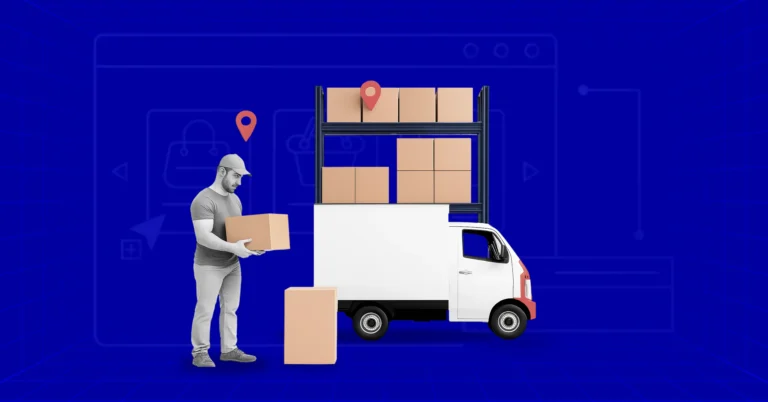
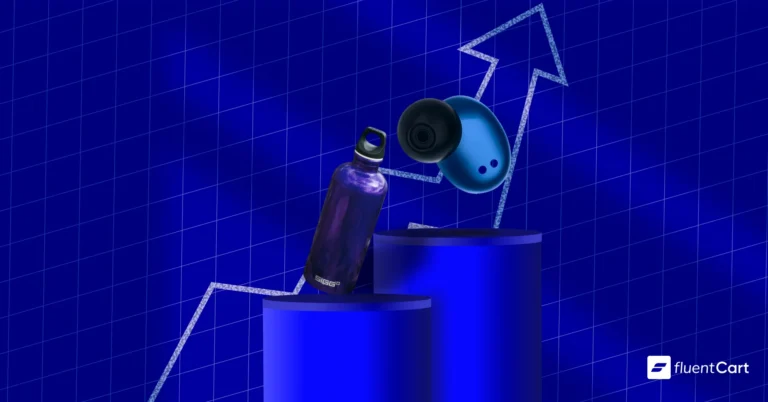

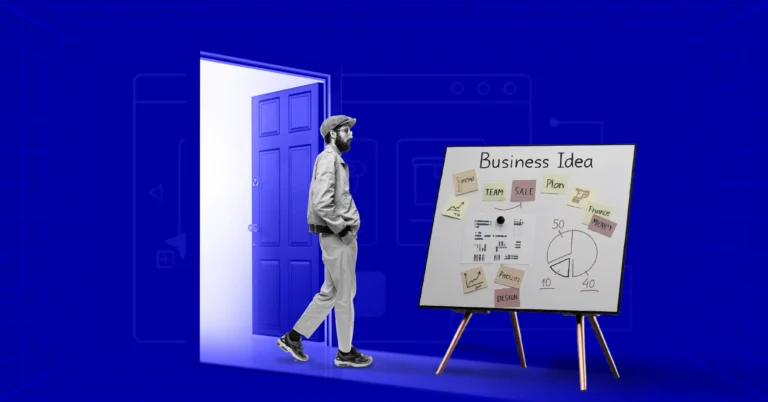
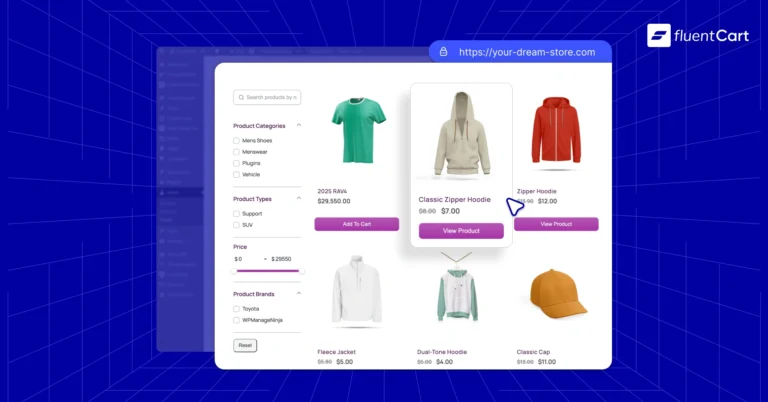
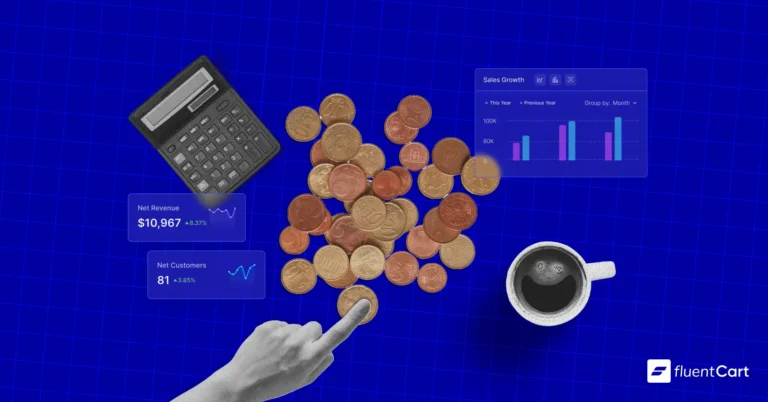
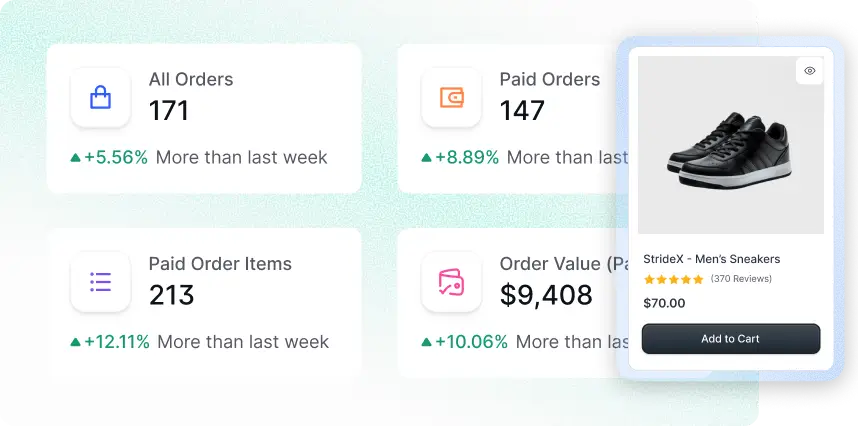


Leave a Reply